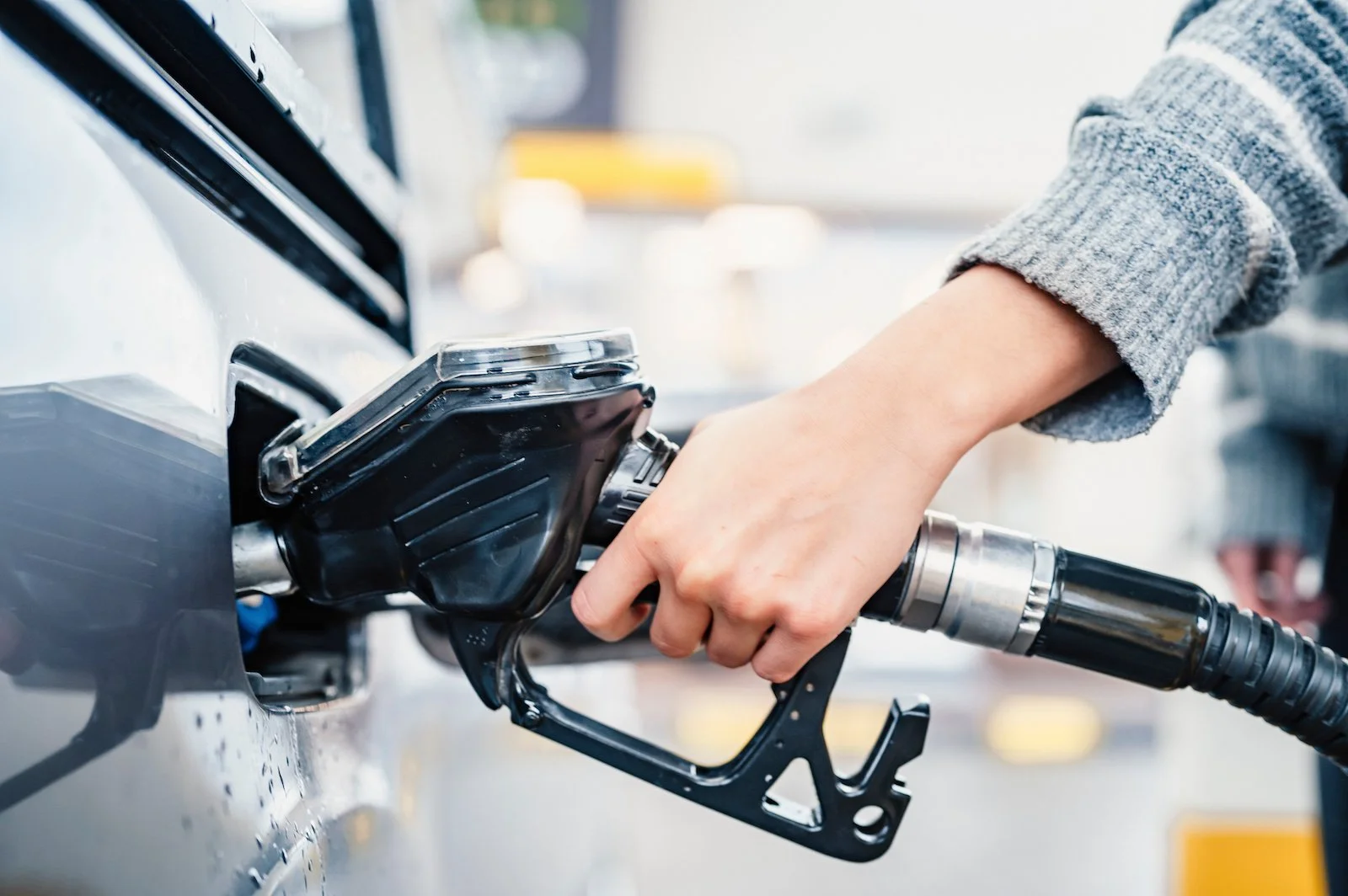Gasoline Use is Declining and It’s Not Just Due to EVs
A number of factors is contributing to dropping fuel sales.
THE DETROIT BUREAU.COM | March 08, 2023
Americans aren’t fueling up like they used to.
Although gasoline won’t disappear anytime soon, it started to drive off into the distance starting in late 2019. Gasoline has driven America for a century, but a confluence of factors is seeing demand decrease.
Around 8.8 million barrels of gasoline were consumed daily in the U.S. in 2022. That’s down from 9.3 million barrels in 2019, according to the Energy Information Administration. Sure, the pandemic undoubtedly had an impact, but new statistics reveal that demand has been dropping in 2023, falling 1% year-over-year, and analysts are doubtful that it will return to its previous levels.
Why fuel demand is declining
Part of the reason is a decline in the number of commuters. According to projections, by the end of 2023, 25% of professionals are expected to be working remotely. Prior to the pandemic, a mere 6% of professionals worked remotely. And, according to a McKinsey survey, 35% of Americans would work from home five days per week if they could and as of last year, and more than half had the opportunity to do so at least once per week.
Gas prices have declined during the past year.
But beyond the attraction of working from home, there’s the price of fuel, which a year ago was pushing $5 a gallon, hardly an incentive to want to hit the road. In contrast, the current national average is $3.45, according to AAA.
Then there’s the changing nature of the automotive fleet.
According to the Bureau of Transportation Statistics, gas-electric hybrid vehicles accounted for 5.5% of light vehicle sales in 2021, while electric vehicles accounted for 3.2%. Hybrids return mileage that’s as much as 35% more fuel efficient than traditional internal combustion engine vehicles.
This is no accident, as the federal government’s fuel economy standards are set to rise to 49 miles per gallon by 2026, making them 33% more efficient than a 2021 model. Add in the growing battery-electric vehicle market share, and it’s little wonder that gasoline sales are declining.
Then there’s our aging population. According to the Agency on Aging, more than 1 in 6 Americans, or 17% of the population, were 65 or older in 2020. This statistic matters, as retirees drive 30% fewer miles compared to when they worked.
All of these factors are affecting fuel demand.
Demand could rebound
But 2023 could bring some change in fuel demand, as employers increasingly require workers to return to the office. Companies such as Starbucks, Disney and Twitter are demanding employees to work from their corporate offices more frequently in 2023. Yet given the popularity of hybrid work policies, which allow for a split work week that includes some days working from home, companies are unlikely to get rid of remote work entirely.
This is why the number of daily commuters may rebound slightly after falling to a low of 75.6% last year.
WIth America aging, the number of miles most of us drive is declining.
Still, fuel demand is unlikely to rebound to the 9.3 million barrels America used daily in 2019, although analysts expect a slight increase from the 8.83 million barrels consumed daily last year.
But it’s a temporary respite, as gasoline demand is expected to be a mere 7.4 million barrels daily by 2030, a 16% decline from 2022.
And while global demand for fuel continues to grow, the growing market share of electric vehicles worldwide, which now accounts for 14% of light-duty vehicles in 2022, will impact demand for fossil fuel. That’s especially true in China, where EVs account for 30% of new vehicles. In fact, 10.1 million EVs were sold last year, outpace estimates of 9.3 million units.
But demand for oil could continue to grow, even as gasoline demand declines. Other uses for oil continue to rise, including its use for jet fuel.
But waning fuel sales will undoubtably impact gas stations like Exxon, while convenience stores that happen to sell fuel, like Wawa, will be less effected as they sell food as well as fuel. Warehouse clubs such as Costco, Sam’s Club or BJ’s will also be less affected.
That said, gas stations could shift to become charging stations, although such a transition is yet to come.
